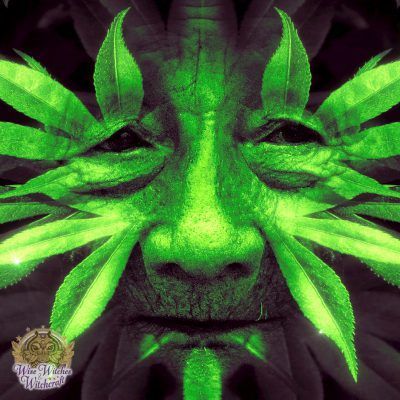Men in Magical Traditions: Alchemists, Mystics, Shamans & More
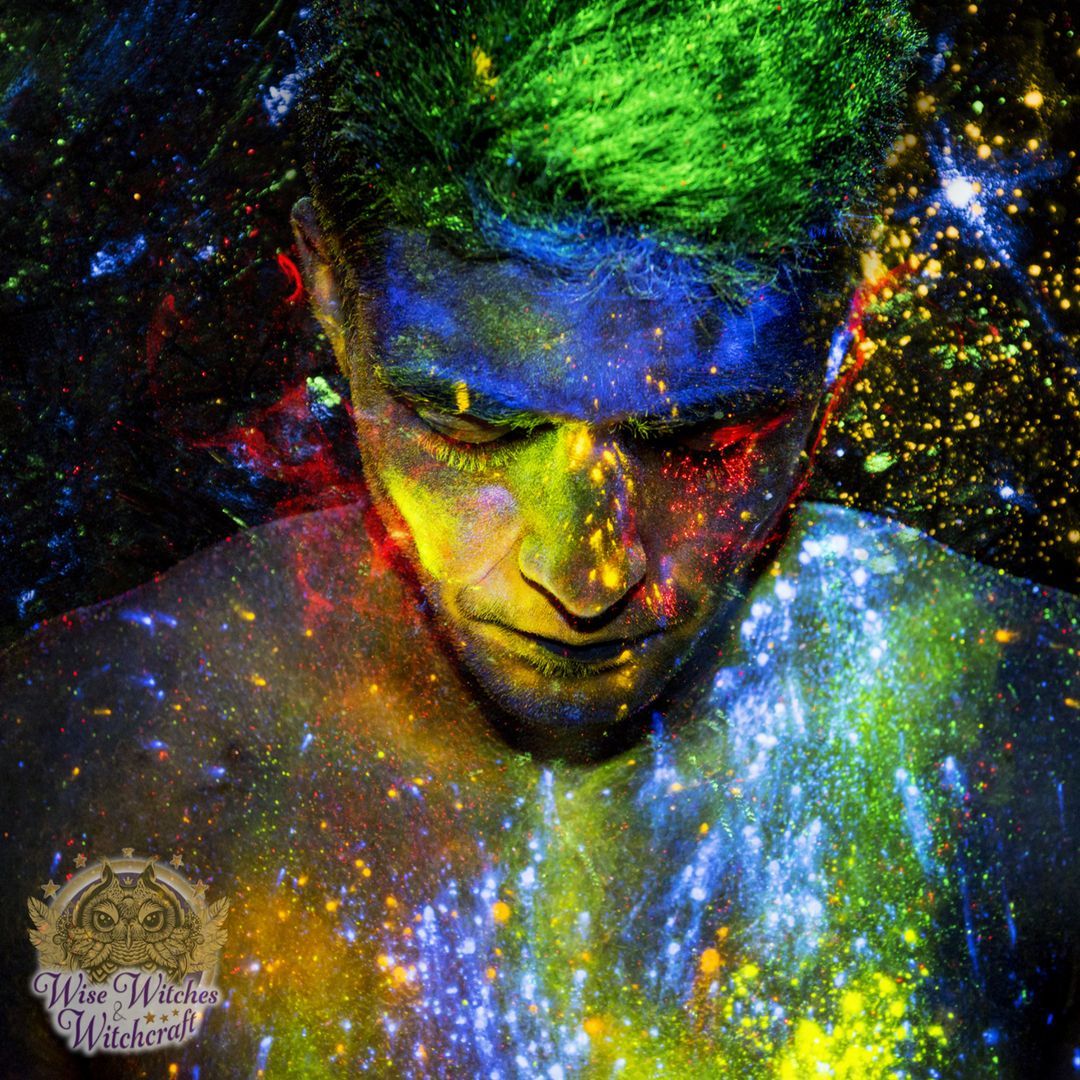
“Did someone just call me the wine dude?” he asked in a lazy drawl. “It’s Bacchus, please. Or Mr. Bacchus. Or Lord Bacchus. Or, sometimes, Oh-My-Gods-Please-Don’t-Kill-Me, Lord Bacchus.” – Rick Riordan, The Mark of Athena
When we think of Witches or Witchcraft, most folk immediately think of the old woman living on the edge of a cozy town brewing up potions to heal broken hearts. And while the image has merit for the Hedge Witch or Herb Witch, we would be wrong to forget men have long been tinkering with the magical arts too. In some settings, in fact, the idea of a woman dabbling in occult arts was simply unsavory.
With various Neo-Pagan practices popping up around the globe, the idea of witchcraft is back in the center stage of public awareness. Wicca, in particular, as a newly recognized religion has garnered attention. And there’s no question these systems have a strong female following. So, what’s happening to the guys? Well they’re here too – some of them founding Wiccan traditions like Gerald Gardner (Gardnerian Wicca) and Alex Sanders (Alexandrian Wicca). So, let’s take a peek at how men have impacted the magical arts over the centuries.
Alchemy and Alchemists
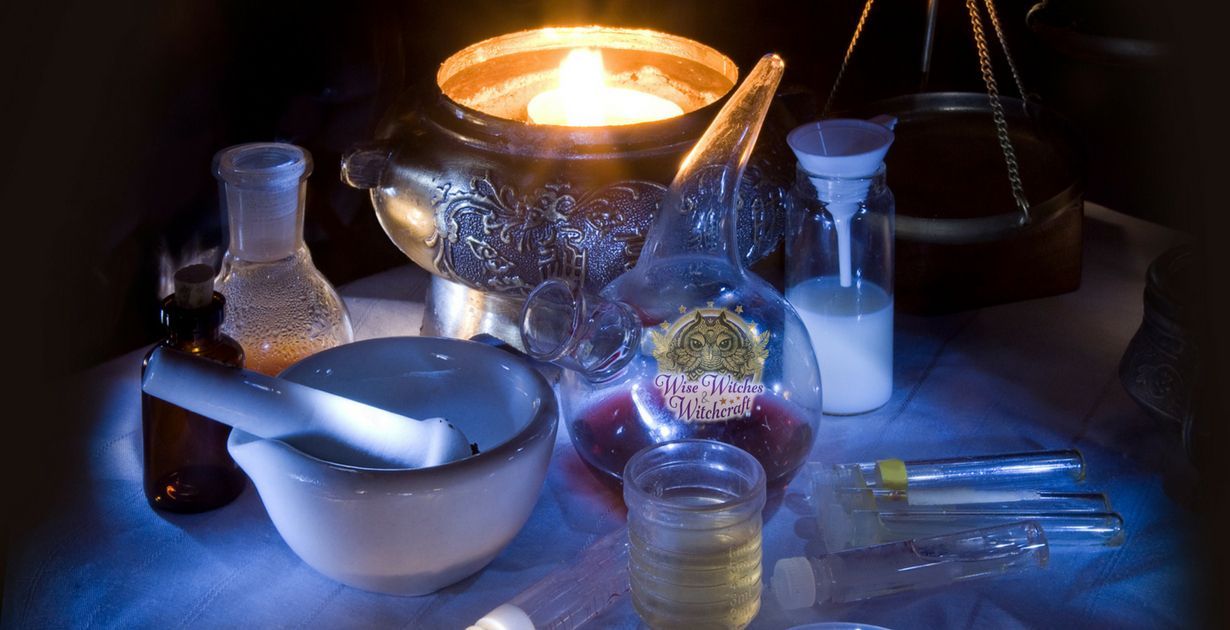
Alchemists were one-part philosopher, one-part scientist, and one-part mystic. These men were best known for trying to transmute various base metals into gold and their search for the Elixir of Life. While we often associate alchemy with having European origins, similar practices are in the Far East, India, and Arabia. In reviewing the history of Alchemy, there is no question men dominated this art. While a few women appear (like Mary the Jewess in 200 AD), by the Renaissance period, there were no mentions of contemporary women alchemists anywhere.
Where it All Began
The beginnings of Western Alchemy come from Egypt during the Hellenistic period. From this nucleus, the Greeks, and Romans both gleaned knowledge Alchemists were readily accumulating. Sadly, a vast majority of early alchemical writings burned in Alexandria with the notable exception of the Leyden papyrus. This, and writings like it, included all manner of recipes for making artificial gems, cleaning pearls and a smattering of Astrology thrown in for good measure.
India: Alchemy in India appeared around the 4th century in Buddhist texts. These writings talk about using mercury as a means for transmuting base metals into gold. Eleventh century reports by Persian Chemist Abu Rayhan al-Biruni reveal Sanskrit writings mentioning compounds, medicines, and principles we can recognize today as having a foundation in alchemy. Those experimenting in India hoped to create a divine body and find immortality.
Arabia: Alchemists thrived in Arabia alongside those studying Aristotle and Plato. By the eighth century, numerous translations of material were available, each focus on detailed scholarship. It is in this region we uncover Jabir ibn Hayyan, the father of chemistry. He began applying scientific methods to alchemy. Jabir explained his processes clearly and seems enthralled by sound experimental approaches. In effect, he was trying to move alchemy from a theoretical esoteric practice into something far more practical.
Eastern Asia: Chinese Alchemy took a different approach than those in the Western world, namely the focus was on medicinal arts. Chinese alchemists wanted the elusive elixir of immortality or a universal panacea. In an odd and ironic twist, they ended up creating gunpowder in their quest. Religiously, Chinese alchemy had ties to accepted Taoist forms of medicine such as moxibustion (burning mugwort while holding it over specific areas of one’s body), as well as the disciplines in martial arts.
Medieval Europe: By the mid-1100s, translations of the Arabic alchemical texts were available. The biggest problem was some of the language simply didn’t have a Western equivalent. So, while new words came into use, the translators also had the difficult task of blending the mystical tones of alchemy with those of the emerging world of rationalism. In the 13th century, great minds like Albertus Magnus began compiling all these works, while Roger Bacon wrote about numerous topics besides alchemy including language and medicine.
Renaissance Europe: By the time the Renaissance rolled into Europe all manner of alchemical information was widely available. By far, the esoteric systems had a stronger foothold, including Hermeticism and the Kabbalah. Throughout the 1500s-1600s, it was not difficult to find Astrologers like John Dee (who consulted Queen Elizabeth) standing alongside Paracelsus (the father of Toxicology) who was using Alchemical experiments hoping to improve medical arts.
“Medicine rests upon four pillars—philosophy, astronomy, alchemy, and ethics. The first pillar is the philosophical knowledge of earth and water; the second, astronomy, supplies its full understanding of its fiery and airy nature; the third is an adequate explanation of the properties of all the four elements—that is to say, of the whole cosmos—and an introduction into the art of their transformations; and finally, the fourth shows the physician those virtues which must stay with him up until his death, and it should support and complete the three other pillars.”
― Paracelsus
The Forerunner to Chemistry
The beauty of alchemy is it had solid experimental methods. Studies took place in a laboratory and the alchemist was diligent when noting results. The impact of these studies was phenomenal when you consider they influenced both chemistry and Newton’s Theory of Universal Gravitation! Some Alchemists preferred to work in secret, enjoying a bit of cryptic mystery trusting this would safeguard their work. As time wore on, people scoffed at their efforts as much as we might giggle at a rotary telephone. Nonetheless, these men made a remarkable impact on science as well as metaphysical history.
Magical Bards

Bards were talented entertainers, but they were far more than that. The belief was a true bard evoked magic through their gifts, be it a painting, dance, song, or instrument. It was common for these men to devote their whole life to mastering their art and the means of manifesting magical energy through it. Like the alchemists, there were only a handful of female minstrels and bards, some of which appear in accounts from the 1300s. Nonetheless, there is little remaining evidence of these women.
A good historical example of a Bard is Bach. It’s well known Bach sought spiritual perfection and used his music toward that end. He was also quite the mathematician and applied that knowledge as he comprised his pieces while thinking of them as a magical formula.
The aim and final end of all music should be none other than the glory of God and the refreshment of the soul. – Johann Sebastian Bach
Scottish and Welsh Magical Bard Tradition
In Wales and Scotland, Bards were best known for their poetry and storytelling. Here words became the Bard’s charm entrancing his audience. Many of the poems and songs from this region were important to oral history. The meter and rhyme of such compositions made memorizing easier. For many like the MacMhuirich of the Hebrides, this was a family tradition. Meanwhile in Wales, Bardic competitions arose, one of which was an established competition in 1861 (The National Eisteddfod), which continues to this day.
Modern Bardic Vestiges?
In looking at modern magical practices, we see remnants of the Bardic tradition in musical chants for raising energy. We have also seen some priests using music for casting the sacred circle, or as a backdrop to meditations. Then too, we are coming upon whole new generations of singers and songwriters who have their own mystical message to share. There is no question, however, we remain aware of the power of our words and songs for manifesting metaphysical energy.
Druids and Druidic Magic
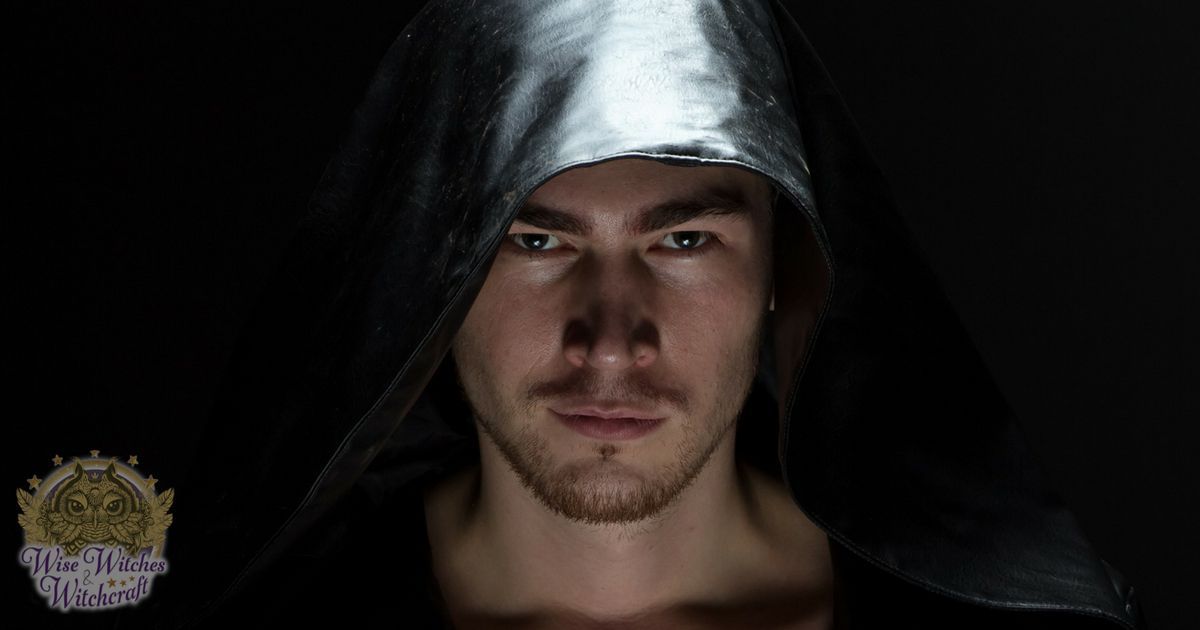
Druids were a class of mystics who focused on using the natural energies all around them. They appear as a practical lot of gentlemen looking for good solutions to everyday problems, which makes sense. Druids were the scientists and religious leaders of their time in Celtic communities.
There are some historical notes about women being Druids. The Irish called them Banduri, and the Roman and Greek writers confirmed this association. While Caesar admired the Druids, he didn’t give a lot of time to writing about female practitioners. Strabo mentions some problems with them, specifically a group who lived on an island forbidden to men and who practiced healing arts. It was the footnote about women druids in early history.
Druidry and Practical Magic
Those learning Druidry got lessons in herbalism, the runes (which were as much a language as a system of divination), tree symbolism and use, plant and animal life, and much more. Many of these men disliked leadership roles, preferring to be a support system instead. Their approach to magic was strongly ritualistic with an emphasis on nature’s cycles and seasons.
The Modern Druid
A remodeled form of Druidism began in the 1960s alongside many emerging magical paths. In America, the Reformed order of Druids appeared with the Order of Bards, Ovates and Druids sprouting a year later in England. These would become the cornerstones of the Western Mystery tradition for Bards for decades. While other earlier Wiccan groups looked to Druidic writings and philosophy for some of their foundation, the hope was staying truer to Celtic roots now.
“The most valuable and life-changing practice of all, though, evolves gradually and simply as a different way of being in the world. Through working with Druid teachings and ceremonies, changes occur in our attitudes, feelings and behavior which enable us to live more frequently in alignment with our sense of purpose and meaning, and with an awareness of the inherent spirituality of all life. This may sound simple, but the consequences of achieving, or of working towards this state are profound. We enter a beneficent cycle, in which the more we express the core values of Druidry, the more we find those reflected back to us in the events and relationships in our life. As this way of being evolves, it becomes possible to find those elusive qualities of serenity and happiness, and to be of service to others and the world around us.”
– Philip Carr-Gomm – Chief, Order of Bards, Ovates and Druids
The largest group of Druids currently is the ADF – ÁrnDraíocht Féin: A Druid Fellowship, Inc. The name of the group means simplyOur own Druidism). ADF is obviously a lot easier to remember! Overall, the ADF focuses on scholarship and creativity while tying such concepts into early cultural magical forms with a far more modern world and women are active in it.
Mystics
Mystics are an often-misunderstood lot. They’re intuitive, insightful, mysterious… healers, empaths, teachers, philosophers all rolled up in one. Mystics focus heavily on looking within. We see a lot of examples of this in Eastern traditions like Buddhism and Taoism. Overall the mystic’s intention is breaking through physical boundaries, so we can experience the spiritual. Many mystics begin as monks or nuns who already have a life of devotion and discipline, but really, they can appear in any walk of life.
Women Mystics?
History highlights some notable women mystics, many of whom were ensconced in a religious setting (some becoming eventual Saints). For example, there is St. Hildegard who had visions of God from her childhood and wrote about them along with her personal insights into healing and philosophy in the 12th century. Or we can consider Helena Blavatsky who lived in the 1800’s and founded the Theosophical society, which gave rise to the modern spiritualist movement.
The Men’s Side of Mysticism
In 570 BCE, Pythagoras was a Greek Mathematician teaching about a uniquely mystical view of the universe. He taught that our souls return to life as many times as necessary to achieve purity and oneness with the Source. To him, numbers were not simply helpful figures, but held the key to understanding the Universe. Perhaps the most engaging of his teachings was called the Music of the Spheres. The reference suggests celestial bodies effectively sing as they move through the cosmos.
The 13th century saw the rise of two interesting male mystics – Dogen and Rumi. Dogen was a Buddhist monk who, after his enlightenment, taught meditation, and mental studies as the true path for self-actualization. Rumi appeared in Turkey writing poetry reflecting mystic philosophy. It spoke of being separated from a beloved (god) and the longing for reunification. Rumi espoused music and dance were both effective Paths for reaching the Divine. So much was the case his teachings lead to the practice of Whirling Dervishes as part of ritual.
In the early 1900s, a young man by the name Khalil Gibran wrote poetry which influenced many generations of seekers. His words were those of universal love, the underlying truth of all religions and humankind’s connection with the Divine. Various personalities found Gibran’s works deeply moving, including Elvis Presley, John Lennon, and Johnny Cash, just to name a few.
In keeping with the literary theme, we turn our attention to Hermann Hesse, born in 1905. While you might not think of him as a mystic, he certainly was eclectic. He said each person could find God in their own way. He also wrote about negative cultural patterns, self-realization, and even some references to Jungian ideas about the collective unconscious. His poem, “Listen to the Trees,” sounds like it could have been written during the height of the New Age movement:
“Trees are sanctuaries. Whoever knows how to speak to them,
whoever knows how to listen to them, can learn the truth.
They do not preach learning and precepts,
they preach undeterred by particulars, the ancient law of life.”
Pagan Shamanic Practices

Female shamans did appear in some cultures. Archaeological evidence from the Czech Republic show female shamans in Paleolithic times. They were the healers, the diviners, and walkers between worlds. Siberia also has stories about women shaman with powers akin to a sorcerer. Beyond this, women Shamans were part of ancient Chinese, Japanese and South African cultures too, but not to the degree men were globally.
Functions of the Shaman
Shamans gain their knowledge by working in the spiritual realm. They may receive dreams or visions conveying important messages, or they may seek out a natural guide, often an animal spirit. Trance work is common in shamanic practices.
The most important role for the shaman is as a mediator for individuals or the whole tribe. Perhaps they go to an ancestor or directly to the Great Spirit, but in either case they’re working toward fixing unsettled problems. They may also propitiate spirits with gifts.
Other tasks entrusted to the shaman include storytelling, which preserves tradition. They may become someone’s soul guide at the moment of their death, making sure the deceased trip is safe. Additionally, healing is a common theme, be it physical or spiritual in nature. In some settings, different shamans have unique purposes, ones in which they specialize.
Native American Shamanism
In the West, we are most familiar with the idea of shamanism from Native American tradition. No matter the tribe, the shaman is the bridge between this world and that of Spirit. The medicine man knows healing arts, how to foretell the future and how to work with animal spirits and other beings. It’s interesting to note in the Lakota Language magic is synonymous with medicine.
A basic shamanic framework appears around the world, and continues today with such practices as Shamanic Witchcraft.
“But in essence religion is the science of man and his relation to Higher Beings. Huna includes all that relates to the knowledge of man and his three selves, and all that the Uhane (spirit/soul) can grasp of the nature of God, even all that the Aumakua (God/Ancestor) can reveal concerning Beings higher than itself.”
– Max Freedom Long
Sorcerers and Magick
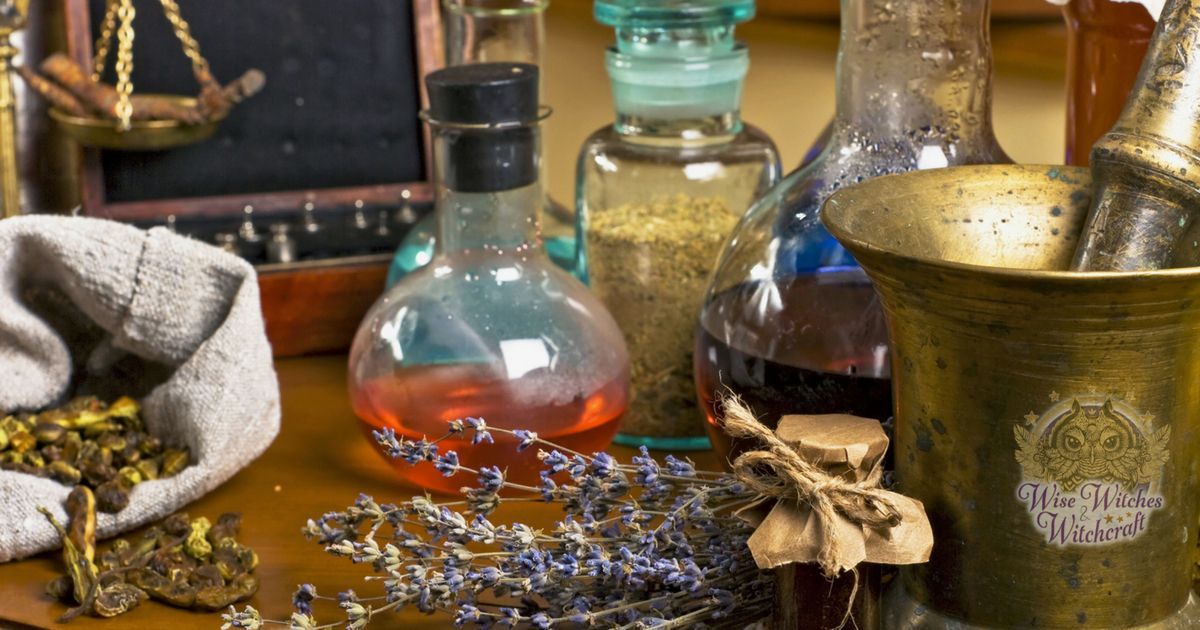
Historically, sorcery has a bad reputation as it focused on malevolent magic. At the outset, this wasn’t so, but by the Middle Ages, anyone who practiced sorcery was considered a threat. The term sorcerer, however, has a far more benign meaning. It comes from the Latin meaning lot caster.
Somewhere along the way, the sorcerer gets credit for being able to make highly effective poisons and curses alongside their divinatory art. The 13th-15th centuries were replete with stories of all manner of unsavory rituals which were complete with the Devil as a participant.
Sorcery and Magic in the Far East
The idea of sorcery was quite different in the Far East. Take the example of Abe no Seimei (921 A.D. – 1005 A.D – Japan). This man served as the master wizard to six emperors. His main job was divination as well as banishing evil spirits. Stories of him say he had the second site, was able to see demons, and overcame them with his spells.
Rabbi Judah ben Bezalelei Ashkenazi (1525-1609 – Poland)
Rabbi Ashkenazi was a revered Talmudic scholar and a key figure in the Prague Jewish community. In secular circles, he was respected by people like Kepler and Brahe for his abilities in the fields of math, astronomy, and various other sciences. He wrote to a great extent about the Kabbalah from the perspective of Jewish mysticism. Many believed the Rabbi knew how God created man and he could work miracles.
One story of the Rabbi puts him securely in the realm of sorcery. Apparently, he created a Golem out of clay, and brought it to life using the holy name of God. The Golem was a protector of the people. The only time he did not stand watch was on Friday. The Rabbi took great care to remove the magical amulet from the Golem so he could rest on the Sabbath.
More Sorcerers
History has consigned various other men to the title of sorcerer. These include:
- Nostradamus
- Rasputin
- Nicolas Flamel
- Michael Scott
- Albertus Magnus
- Aleister Crowley
As for women, we see sorcery in fiction and myth, but finding historical women sorcerers is difficult. Those accused of being so were often prophets, witches or healers wrongly charged with offences.
Thaumaturgists
Thaumaturgy has strong ties to Christian mythology, so it’s not surprising we really don’t see women placed in this group. This particular form of magic deals in miracles. The adept bends natural physical laws and manifests their goal through willpower.
One of the examples of Thaumaturgy often given is Christ’s presence at the Wedding at Cana. Here, he changes water into wine. When we look at the writings about Christ, he would appear to be very skilled in the art of Thaumaturgy – walking on water, healing, multiplying food and even bringing the dead back to life. It’s a tough act to follow!
As a Doctrine of Miracles, many Saints appear to have some knowledge of Thaumaturgy. The Saints, typically through prayerful intercession, produced physical results with the skills of a Hermetic Kabbalist. Some of the names from Christianity in this category include:
- St. Menas of Egypt
- St. Anthony of Pauda
- St. John of Kronstadt
- St. Andrew Corsin
- St. Gerald Majella
Thaumaturgy Outside of Christianity
We see a variety of stories about people around the world who illustrated miracle-like abilities. In Sufi Islam the term Tay al Ard refers to people who can teleport or levitate (the word means folding up the earth). A contemporary of Paul’s in Biblical times, Apollonius, prophesied, raised the dead, and even ascended similarly to Christ. Similarly, Buddhist writings discuss special miraculous powers adepts can access through deep meditation.
All I Need is a Miracle
The lack of modern miracles speaks for itself in terms of Thaumaturgy. Those adept at it are considered on a higher level of awareness than most humans ever achieve. They are, in effect, holy akin to the Higher Masters and Angels. While one may strive toward the laudable goal, it will take a long time (if not several reincarnations) to get there.
“But this is a general objection of the skeptical sort to all miracles of whatever kind, and leadeth anon into the quagmire of arguments about Free Will. The Adept will do better to rely upon The Book of the Law, which urgeth constantly to action. Even rash action is better than none, by that Light; let the Magician then argue that his folly is part of the natural order which worketh all so well.”
— Liber DCXXXIII De Thaumaturgia,” by Aleister Crowley
Warlocks and the Magickal Arts
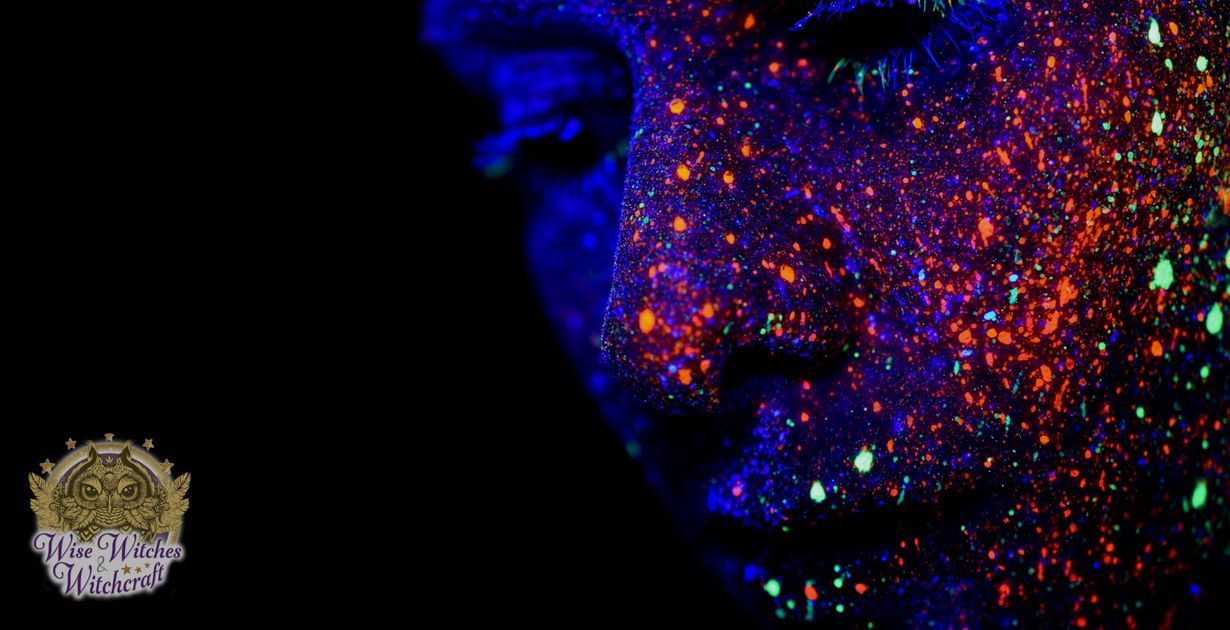
Warlock: The linguistics for this title are none too flattering, meaning oath breaker. Even with that in mind, in Scotland it was common to use this word as meaning a male witch. This could be due to cultural perspectives since the Norse term varo-lukker just means one who calls spirits.
There are far more illustrations of warlocks in literature than we find from history. One interesting figure is the writer known as Abraham of Worms who lived in Germany (1362-1458). Apparently, Abraham met a warlock by the name of Abramelin who taught him magical secrets. He recorded these instructions in a painstaking manner. This material includes detailed instructions on how to command spirits which, as you can imagine, is a complicated undertaking.
When his book The Book of the Sacred Magic of Abramelin appeared in 1900, the hungry occult community embraced it with open arms. Aleister Crowley, in particular, was quite the fan.
Wizards & Magickal Operations
The connotations for wizard were far more kind than for warlocks. Wizard means wise one. In ancient Arabia, wizards regularly advised rulers. There are various schools of wizardry including that of Bard and Druid.
There are differences between wizardry and witchcraft. The Wizard typically follows a highly defined ritualistic path. In Modern terms, the wizard would be considered a Ceremonial Magician.
Ceremonial Magic had its roots in the grimoires of the Renaissance and with writers like Heinrich Cornelius Agrippa. Various people would take up an interest in Agrippa’s work, like Francis Barrett and the French occultist Eliphas Levi, both of whom would go on to write books on spiritualism.
By the Victorian era, ceremonial magic flourished and groups like the Order of the Golden Dawn were born. This type of Wizardry is considered high magic vs. kitchen witchery which is low. Currently, both men and women practice Wizardry.

